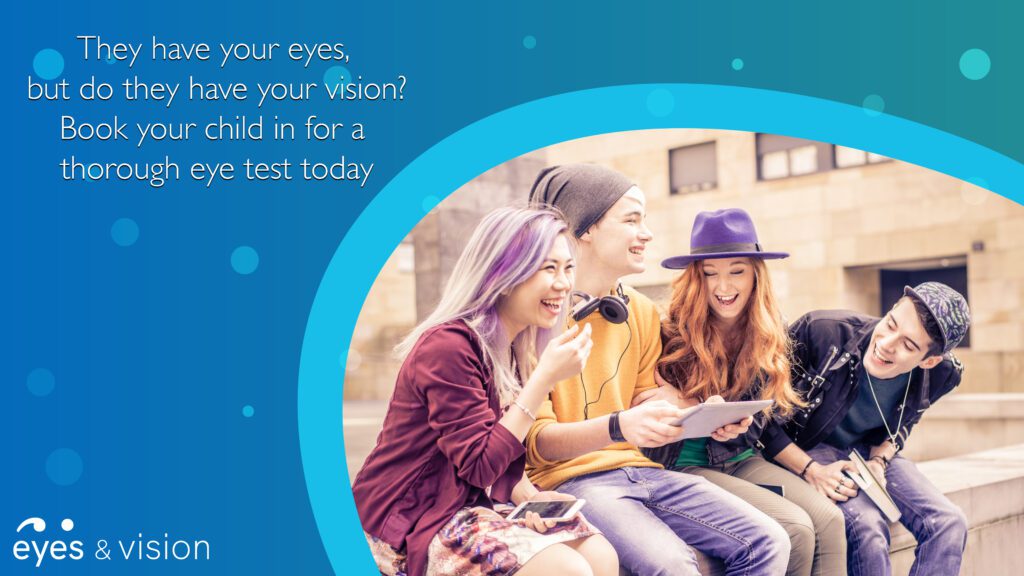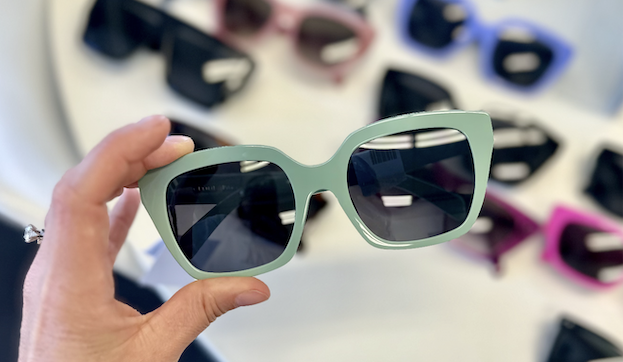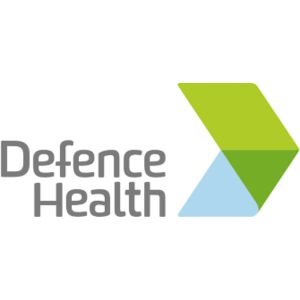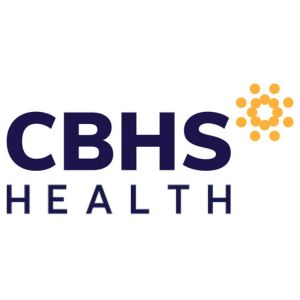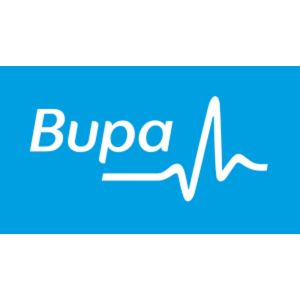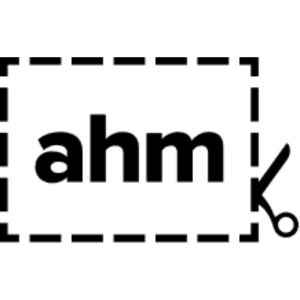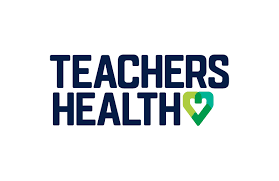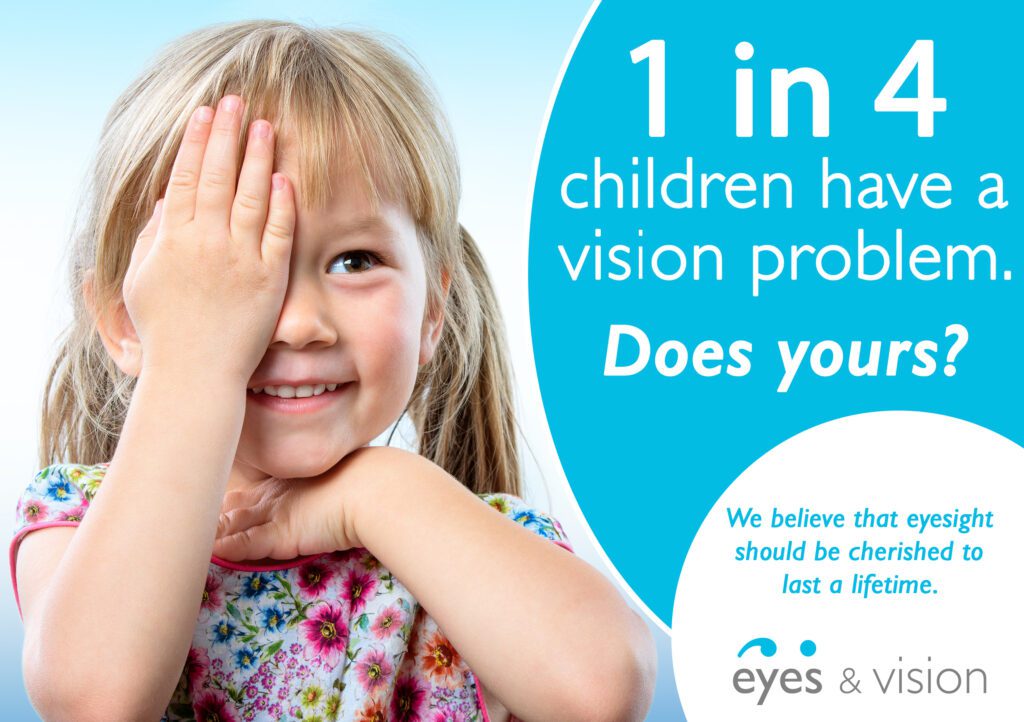
A question we are asked a lot is “My child seems to see well, do they need an eye examination?” especially in the back to school period. It’s a very important one, as children do not volunteer visual symptoms until about 11 years of age. Despite this, many studies have shown primary school aged children experience vision problems at the rate of around 25%.
Our answer is definitely YES!
Below is the recommended schedule for children’s eye examinations from our Paediatric Optometrist Nai Bammann – and it’s what she has done for her four children. Nai says:
First eye examination by 3 years. This is looking to see both eyes are straight, and they both see well (3% of children will have a lazy eye which looks fine but doesn’t see properly. This problem gets harder to correct with age). We also get to view the back of the eye in this age group. Testing these guys is fun, we use shape charts and everything is a game, a very fast game!
Second eye examination prior to starting school (5 years). We pick up any subtle lazy eye cases, but are also testing school readiness, looking for gross vision perception problems which may lead to delayed reading acquisition. Even though many kids know their letters, I use shape charts on this age group too.
Third eye examination in year 2 (8 years). Children have learnt to read, and are reading larger volumes now as they begin reading to learn. This is the early eyestrain group. These children are also old enough for accurate colour vision testing. If there is delayed reading acquisition this is a good age to identify and work through any vision perception problems. These guys are really fun, and every now and then one of them tries to trick us because they want glasses. Don’t worry, they can’t trick us!
Fourth eye examination end of year 4 (10 years). This is the peak age for eyestrain, but the children are still unlikely to complain if they have a problem. Often treating eyestrain in this age group leads to a massive jump in reading speed and comprehension. We also see more children having trouble reading the board at this age, and that’s not only correctable but also treatable, so we can prevent or reduce progression. The earlier this is picked up, the better the outcome.
It’s really important to remember that children generally think that how they see is normal – so if they are experiencing vision issues, they may not tell you. By starting with simple eye exams, which generally attract a Medicare rebate, at your Eyes & Vision Optometrist around age 3, and coming back each couple of years (or as recommended by your optometrist) we can make sure we pick up any issues early – and give kids the best chance of success in those precious learning years.
